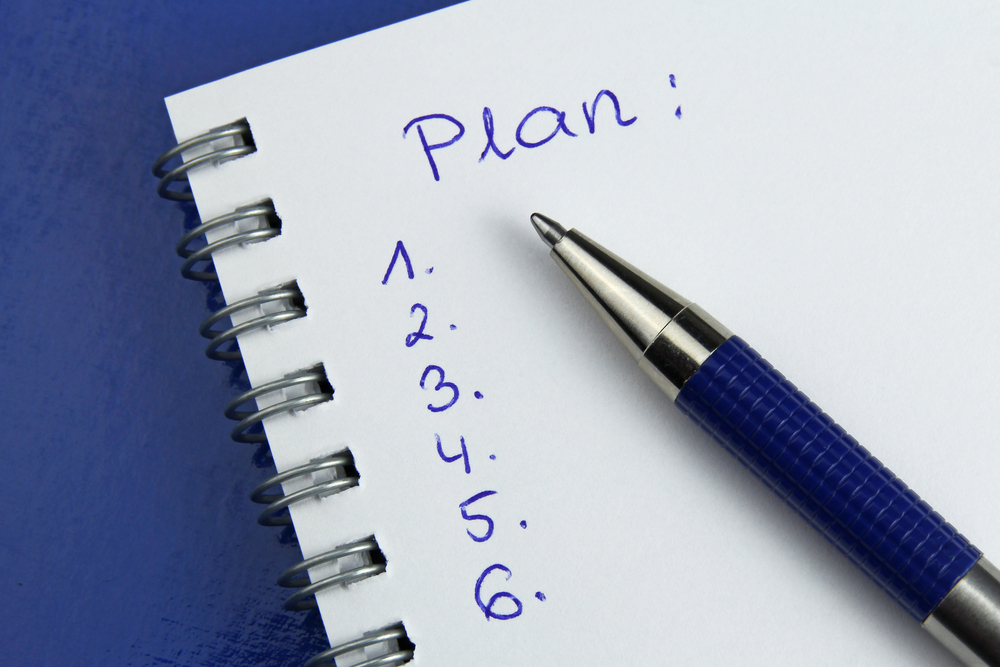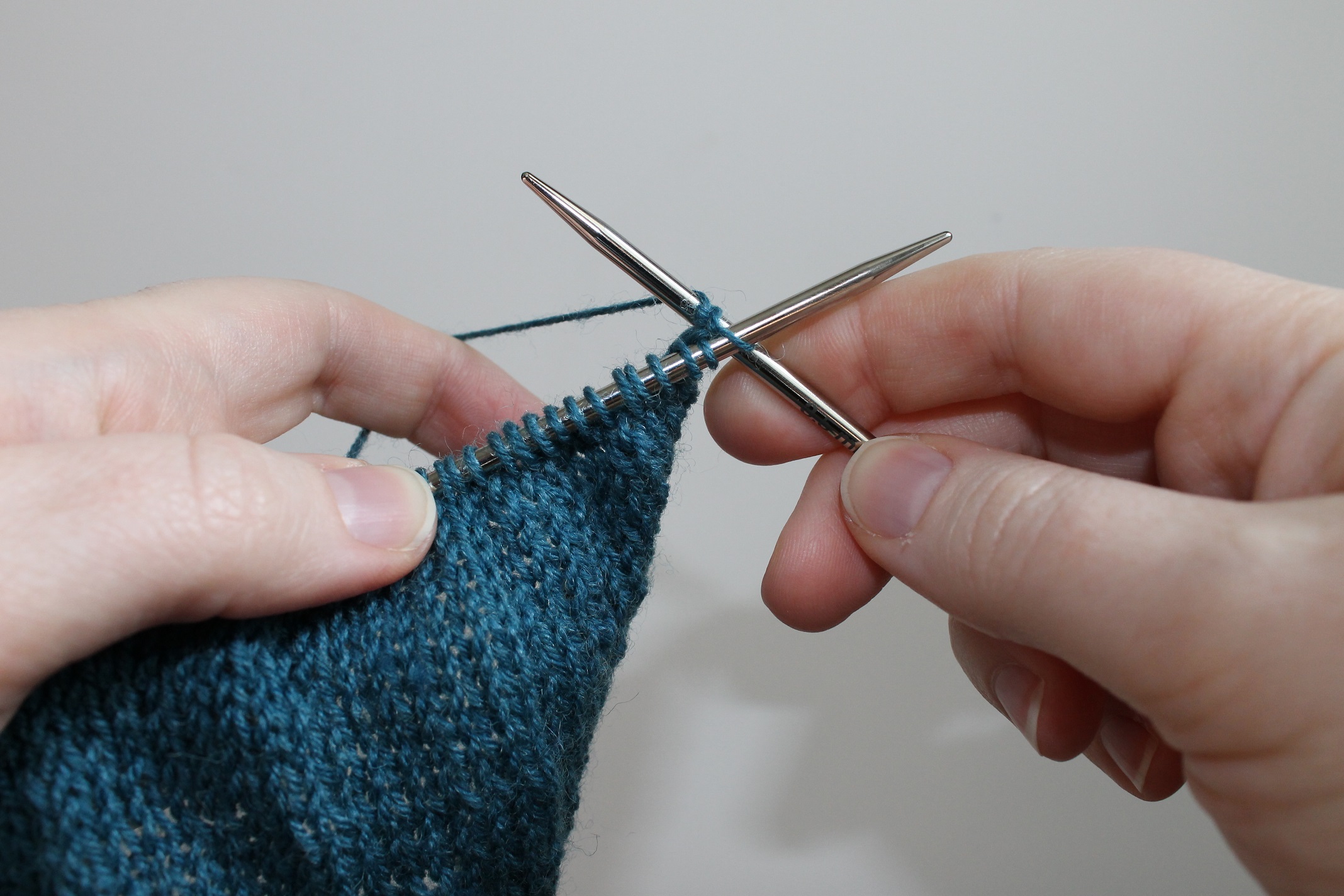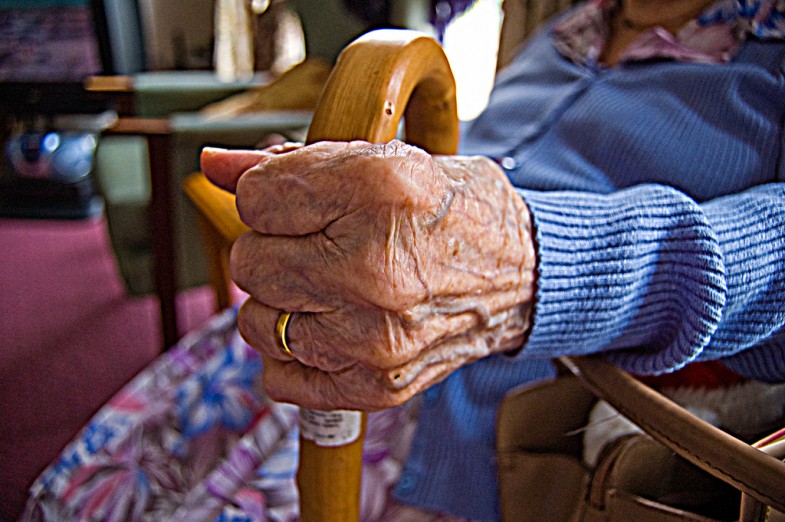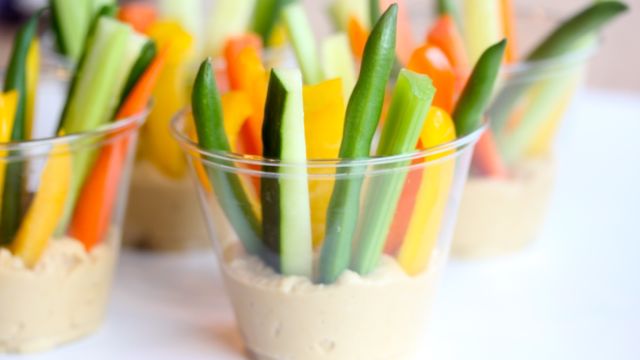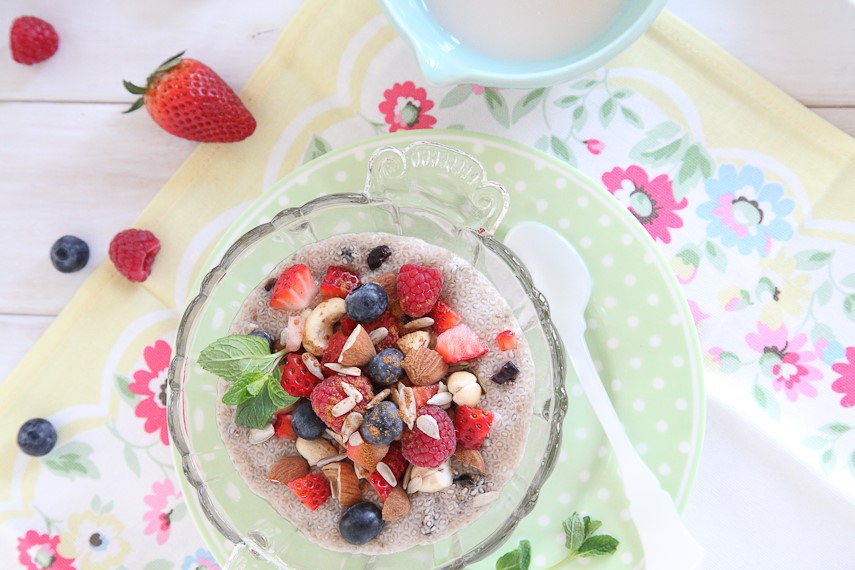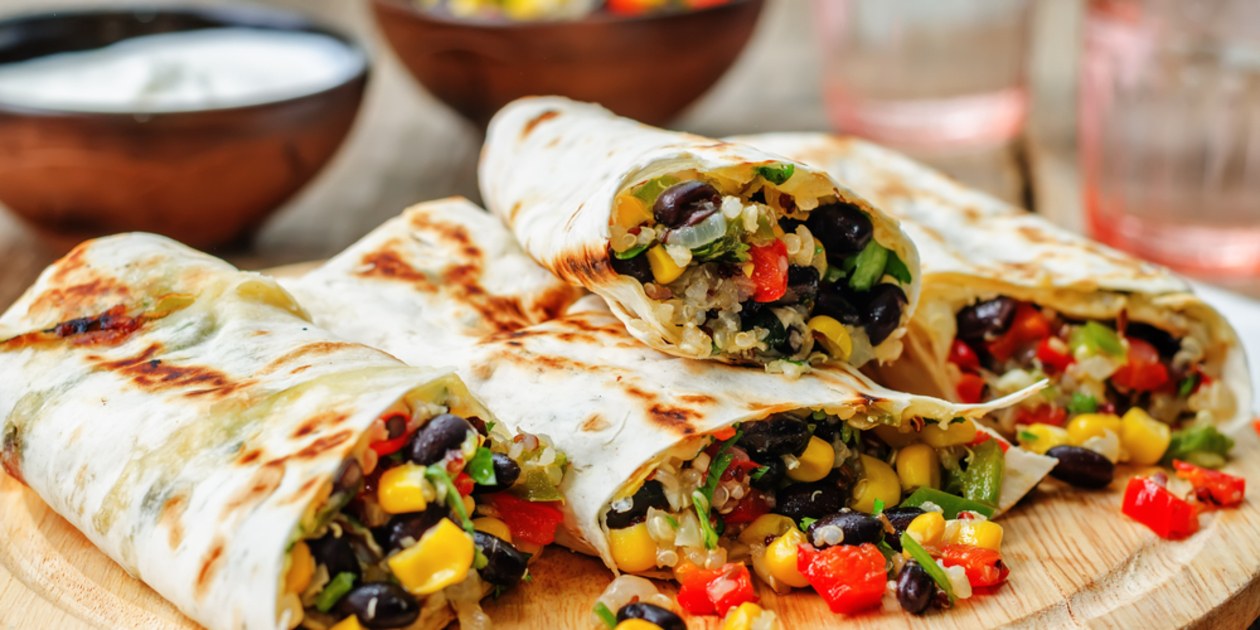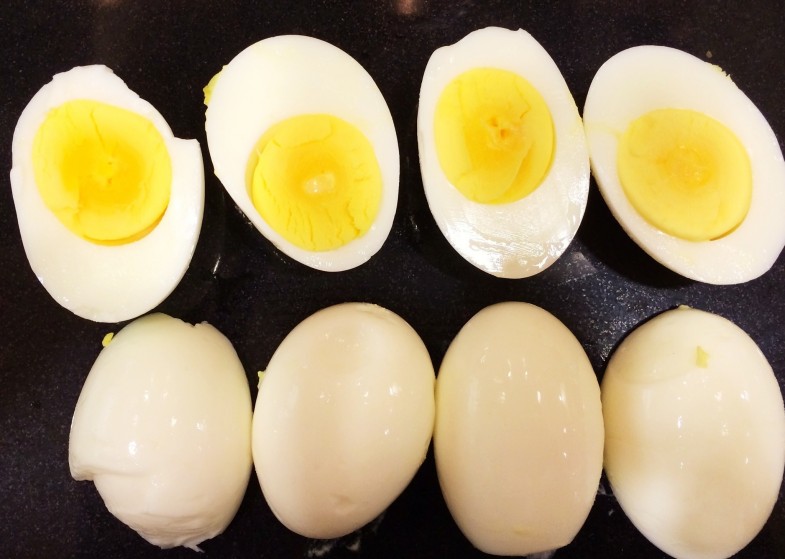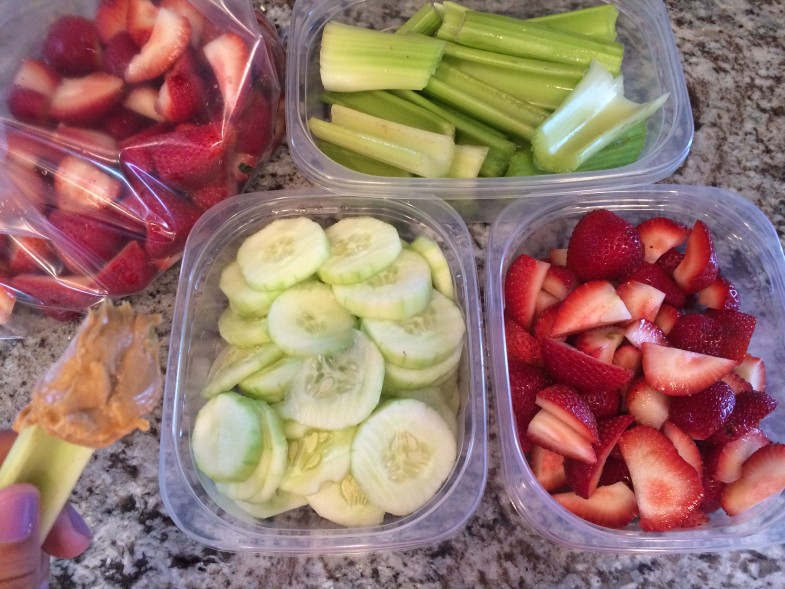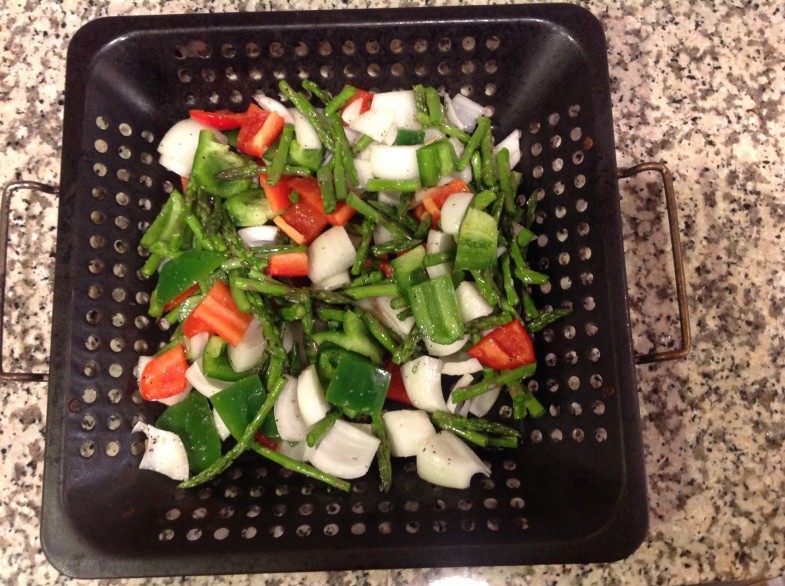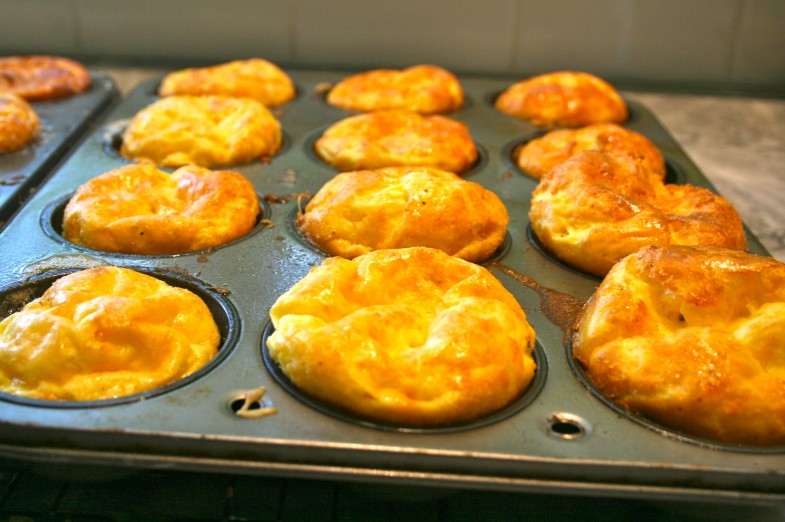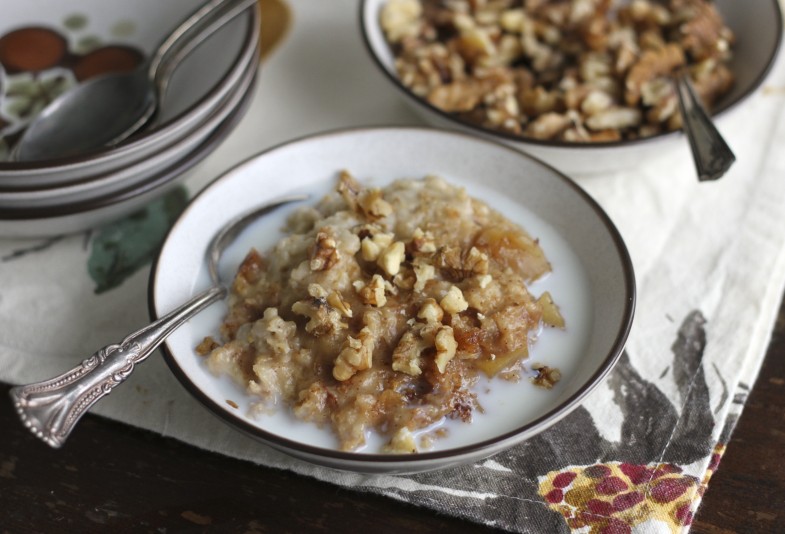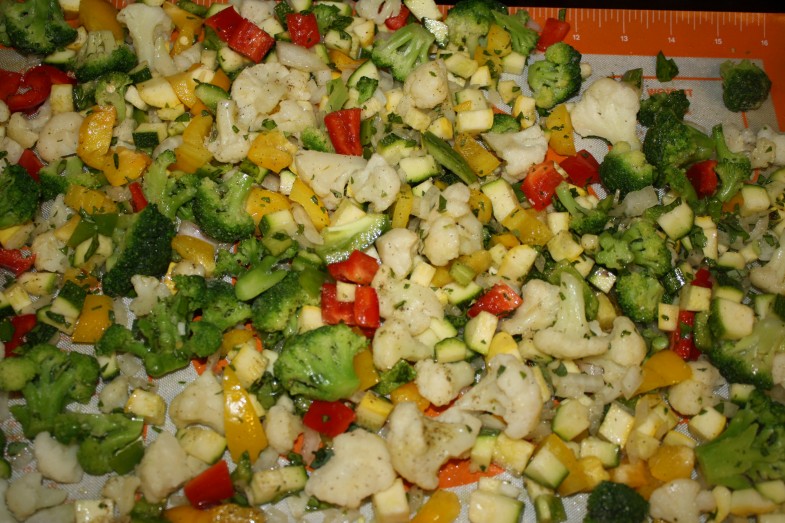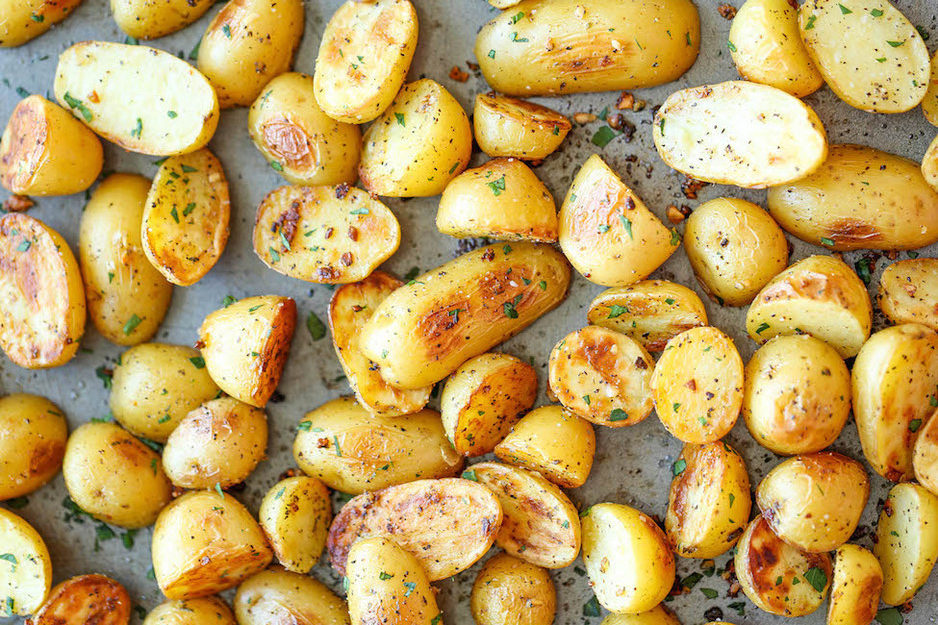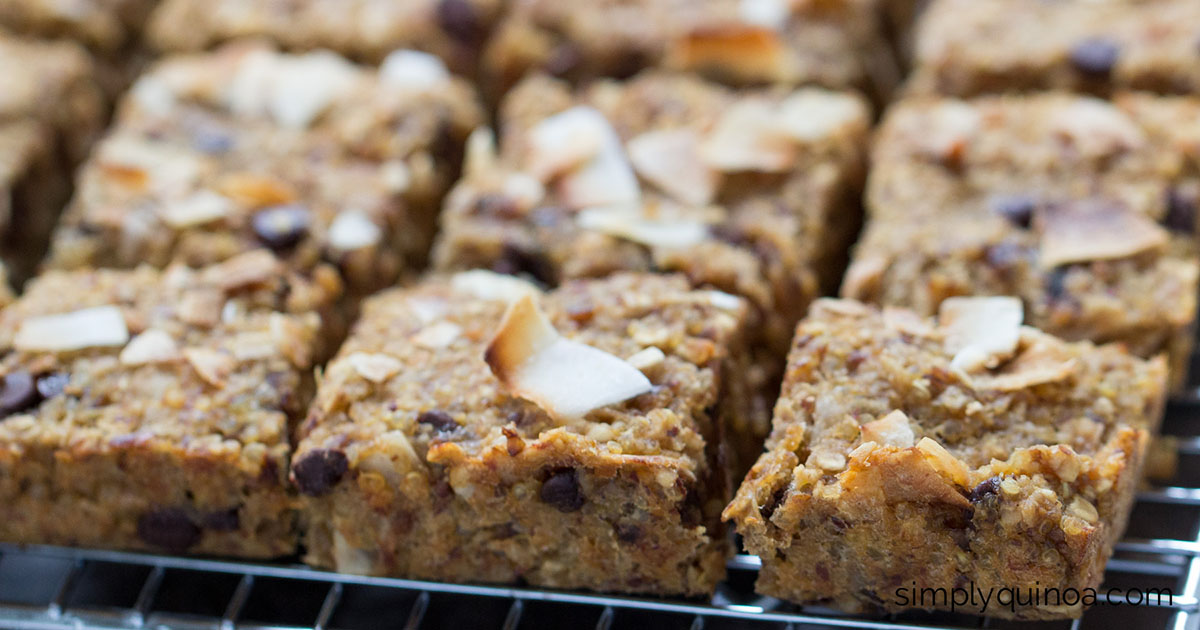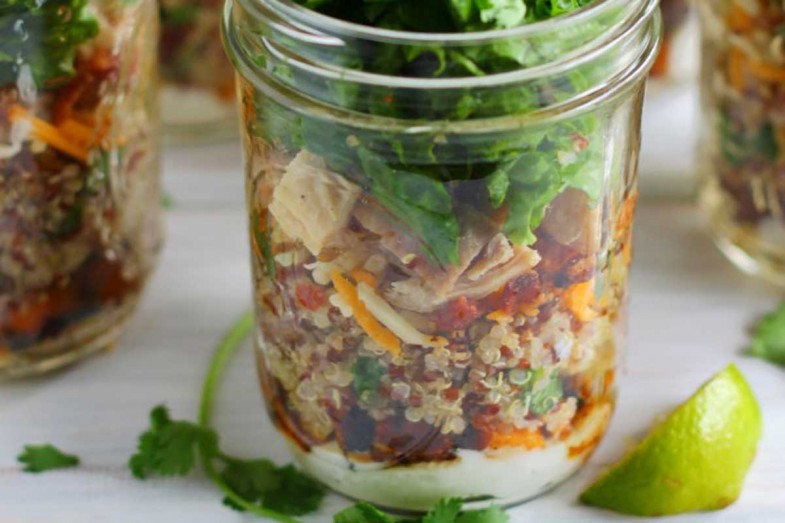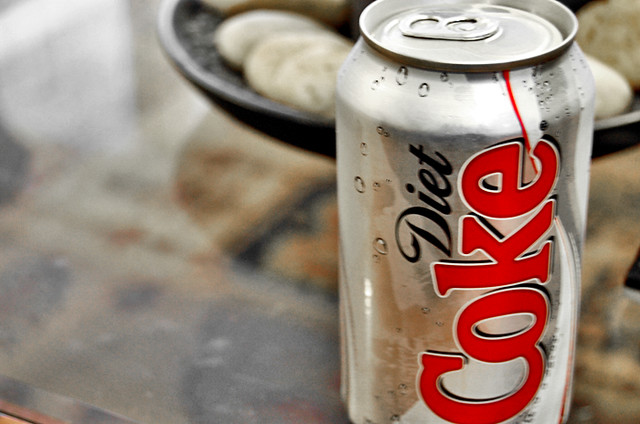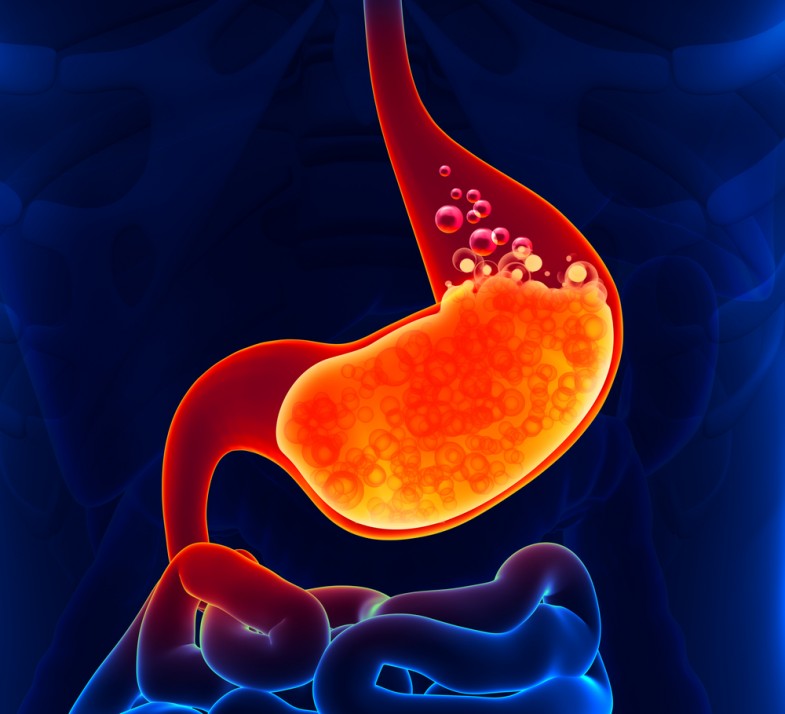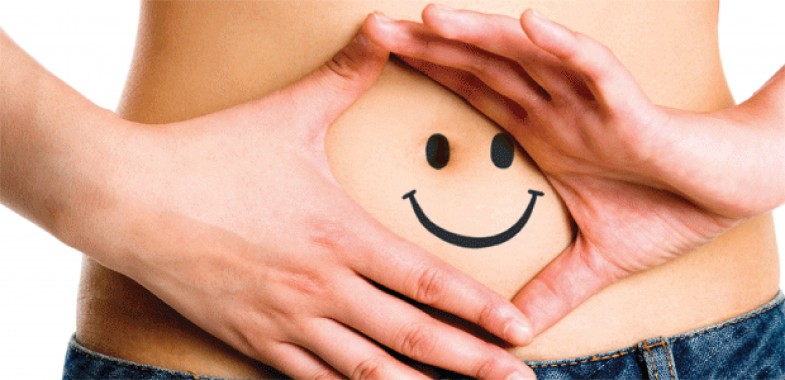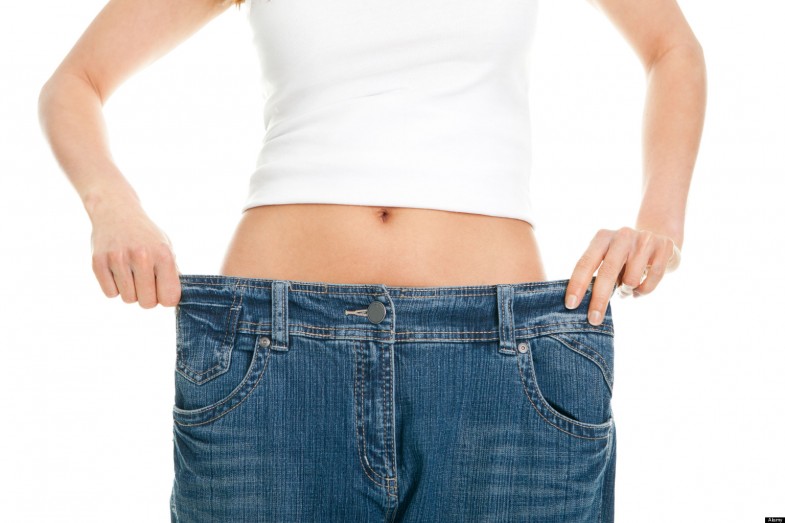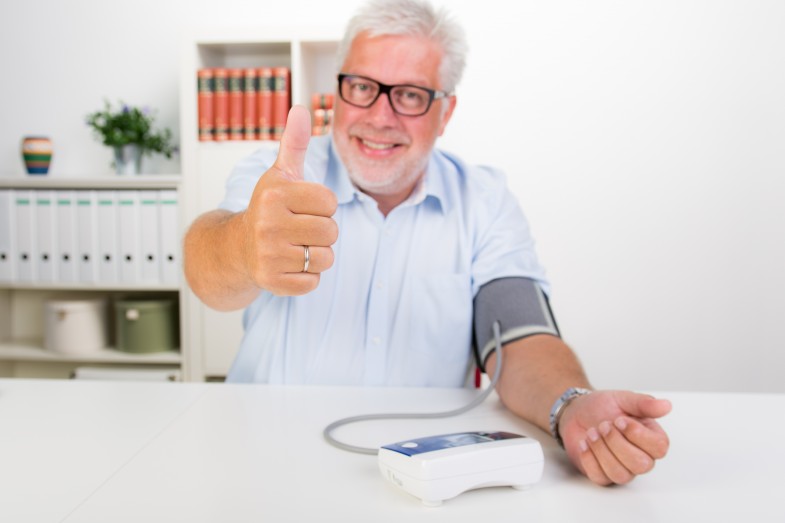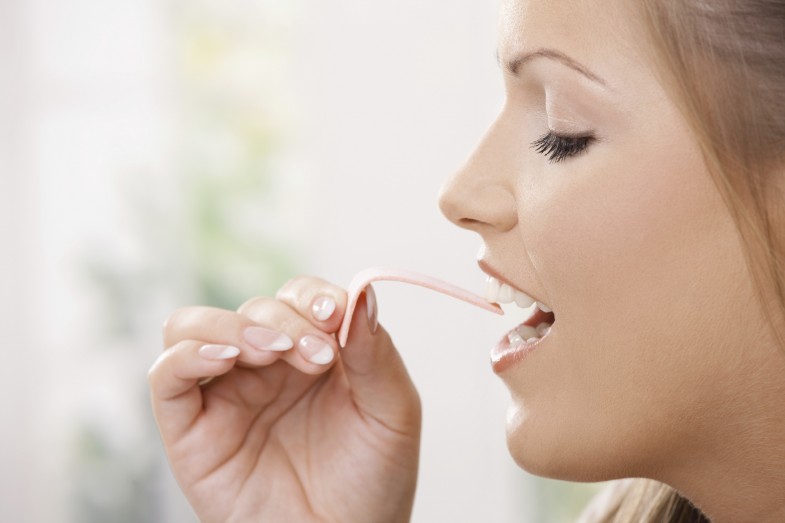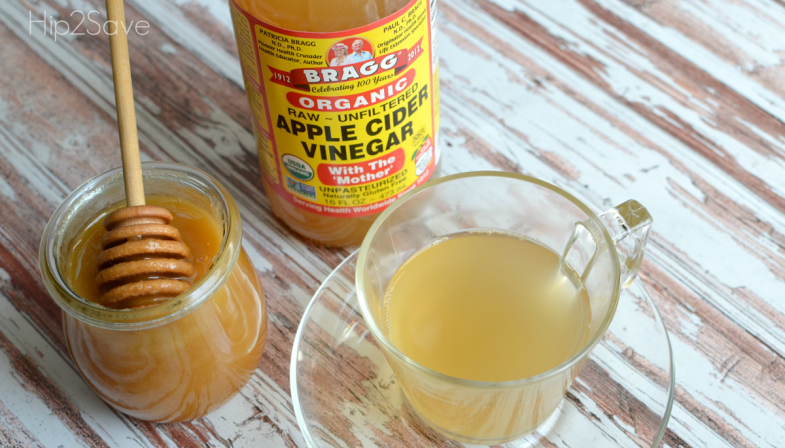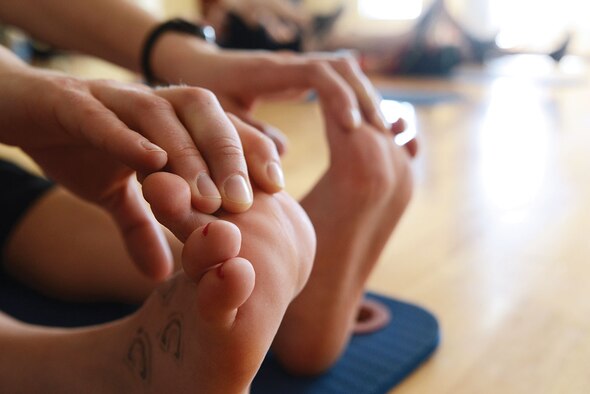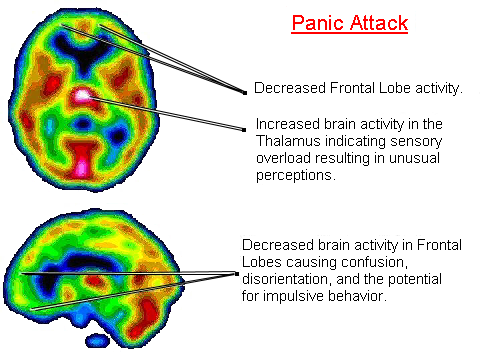Source: lifehack.org
I’ve read countless articles about what successful people do on their weekends. Do you want to know the secret? It’s the same thing that they do every other day. As Aristotle said, “We are what we repeatedly do. Excellence, then, is not an act, but a habit.”
Here are 12 weekend habits of highly successful people:
1. Robert Iger: Get up early
This Disney CEO is not the only executive claiming to rise at 4:30 every morning. Successful people do not stay in bed until 2 p.m. on a Sunday. Or even 11 a.m. Research shows that our brains are sharpest two and a half to four hours after waking. Get up early on a weekend and you’ve got a head start on the rest of the world.
2. Benjamin Franklin: Have a plan
Apparently, this founding father asked himself every morning, “What good shall I do today?” Successful people know the importance of even daily goals — the weekends are no exception. Sure, they can be a time for (planned and purposeful) rejuvenation, but you don’t have to be President to know that general slacking off is not an option.
3. Timothy Ferris: Don’t multi-task
Multi-tasking is so 2005. It may be tempting to maximize your weekend productivity by running on the treadmill while calling your mother and trolling your newsfeed, but successful people know that this just reduces efficiency and effectiveness. Instead, be present for each single activity. Ferris recommends a maximum of two goals or tasks per day to ensure productivity and accomplishments align.
4. Anna Wintour: Stay active
Vogue’s editor-in-chief commits to playing tennis for one hour every day. And she’s not the only big-shot making time for exercise. Richard Branson stays active with kite surfing and India’s fourth-richest billionaire is a serial marathon runner. Successful people know the importance of an active body for an active mind — weekends included. If nothing else, it will also counteract that glass of wine and cheese platter from Saturday night.
5. Steve Jobs: Prioritize what’s important
“Things don’t have to change the world to be important.” Weekends are the time to remind yourself of the forgotten little things — to keep your work-life harmony (the new ‘balance’) in check and reset if needed. Spending time with your friends, children or partner might not directly increase profits that day or propel you into the limelight, but that doesn’t make it any less important. Even the current US President famously makes time to sit down for dinner with his family.
6. Warren Buffet: Make time for hobbies
He may be considered the most successful investor of the 20th century, but in his “spare” time Buffett likes to play the ukulele. Successful people are often interesting people — and their hobbies have a lot to do with that. Sure, golfing on Saturdays can be a great way to network and source business opportunities. But, even solo hobbies — knitting like Meryl Streep or oil painting like George W. Bush — can aid success through fostering creativity and relieving stress.
7. Oprah: Practice stillness
Forbes’ most powerful celebrity of 2013 still finds time to sit in stillness for 20 minutes — twice a day! This once-best-kept secret of the yogis is now common knowledge. Even the corporate world is acknowledging the benefits of meditation and mindfulness for reducing stress, improving productivity, facilitating creativity and maintaining general well-being. The weekends can often be busier than week days with attempting to cram in chores, exercise, family commitments, social engagements and more into a 48-hour period. The most successful people take daily time out for stillness, weekends included. They don’t call it a meditation “practice” for nothing.
8. Randi Zuckerberg: Forget FOMO, Embrace JOMO
We’ve all done it — posted a tastefully filtered snap of our weekend antics or checked in on social media to elicit “likes” and envy from our friends/followers (#bragging). Enter, the era of FOMO (fear of missing out). On weekends, we’re even more prone to FOMO. But the founder and CEO of Zuckerberg Media (and, you guessed it, the sister to Facebook’s creator) says people should be focusing on JOMO (the joy of missing out) — the mantra that “there is nowhere I’d rather be than exactly where I am.” Successful people are often competitive, high achievers by nature — practicing an attitude of gratitude and resisting social-media-induced FOMO is key for a happy weekend. And isn’t happiness the real marker of success?
9. Bill Gates: Take time to reflect
The founder of Microsoft famously said, “It’s fine to celebrate success but it is more important to heed the lessons of failure.” Reflection should be a daily practice but the weekends are a perfect opportunity to step back and reflect on the lessons of the previous week and to make improvements for the next. Author of “The Happiness Project,” Gretchen Rubin, suggests starting a “one sentence journal” to encourage daily reflection. Make Saturday or Sunday your day to flick back through the week’s entries!
10. Richard Branson: Give back
This billionaire entrepreneur says that “it is amazing how focusing your mind on issues like health, poverty, conservation and climate change can help to re-energize your thinking in other areas.” Successful people agree with Anne Frank: “No one has ever become poor from giving.” Tom Corley studied the rich for five years before writing his book “Wealthy Habits: The Daily Success Habits of Wealthy Individuals.” He found that 73% of wealthy people volunteer for five or more hours per month. Nothing helps put things in perspective and reduce stress more than helping those less fortunate. Weekends are a great time to get involved in local and community volunteer events.
11. Jack Dorsey: Get ready for the rest of the week
The Twitter and Square co-founder is notorious for 16-hour work days from Monday to Friday but says, “Saturday I take off. I hike. And then Sunday is reflections, feedback, strategy and getting ready for the rest of the week.” Forget Sunday blues, let’s call it “Sort-Your-Life-Out Sunday.” Laura Vanderkam, author of “What the Most Successful People Do on the Weekend,” says successful people know that weekends are actually the secret weapon in professional success: “You need to hit Monday ready to go.”
12. Jay Z: Keep up the momentum
He’s made an empire as a highly successful rap artist and entrepreneur, and the secret is right there in his lyrics: “You can want success all you want, but to get it, you can’t falter. You can’t slip. You can’t sleep. One eye open, for real, and forever.” (Decoded) Jay Z didn’t become worth $520 million by only wanting it five out of seven days of the week. If you want to eventually spend your weekends on a luxury yacht in the Caribbean with Beyoncé, unrelenting grit and persistence might just get you there. Well, we can always dream, right?
It’s settled then. Success is a 24/7 lifestyle choice — weekends included!


